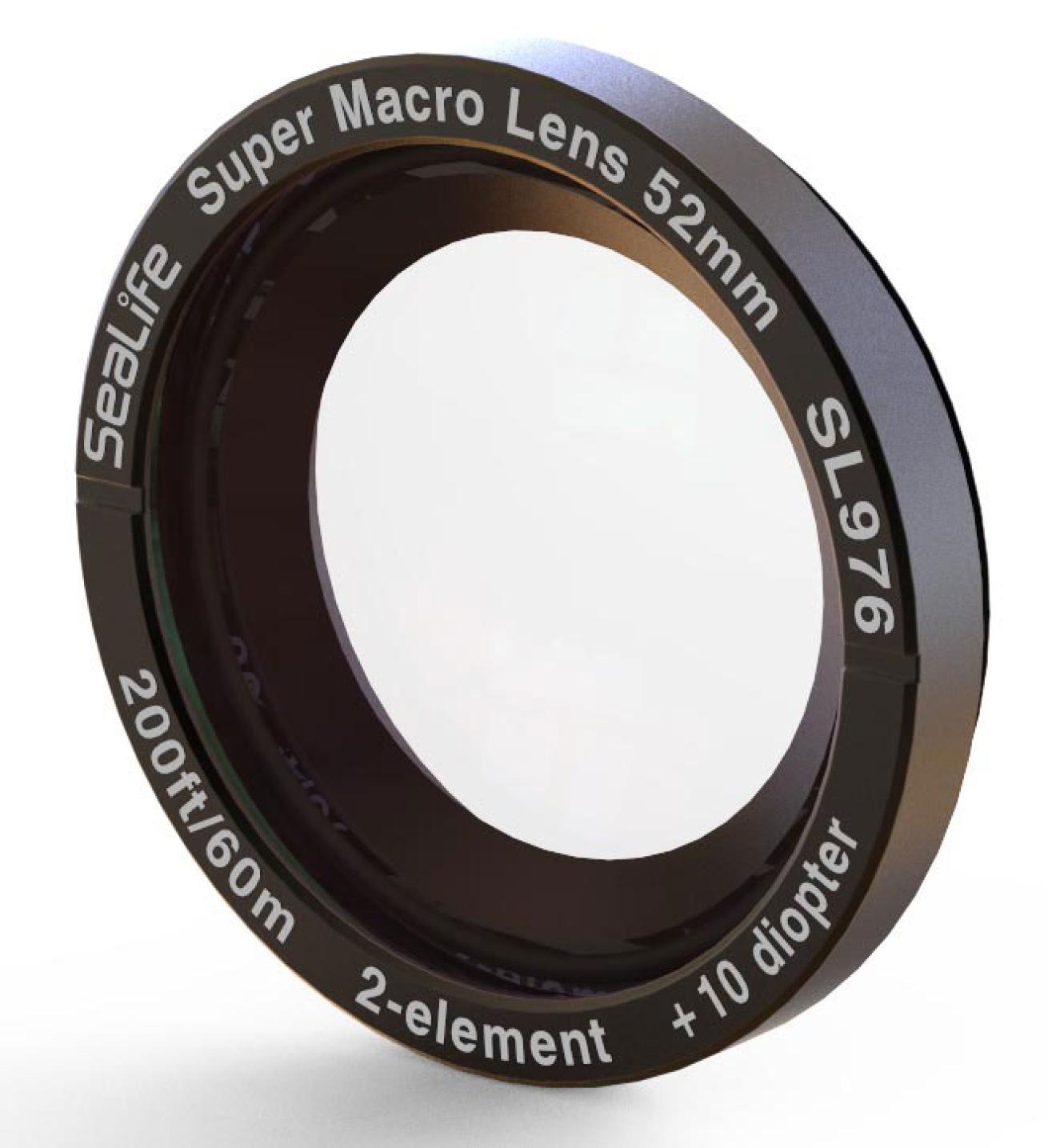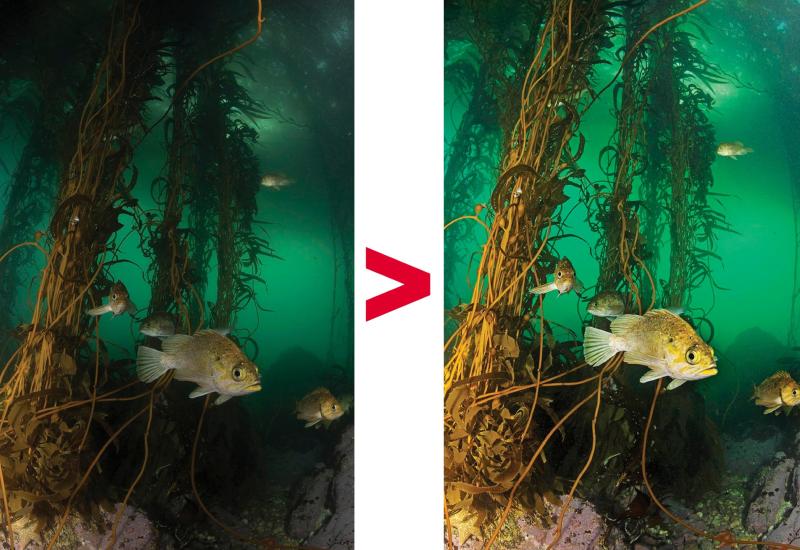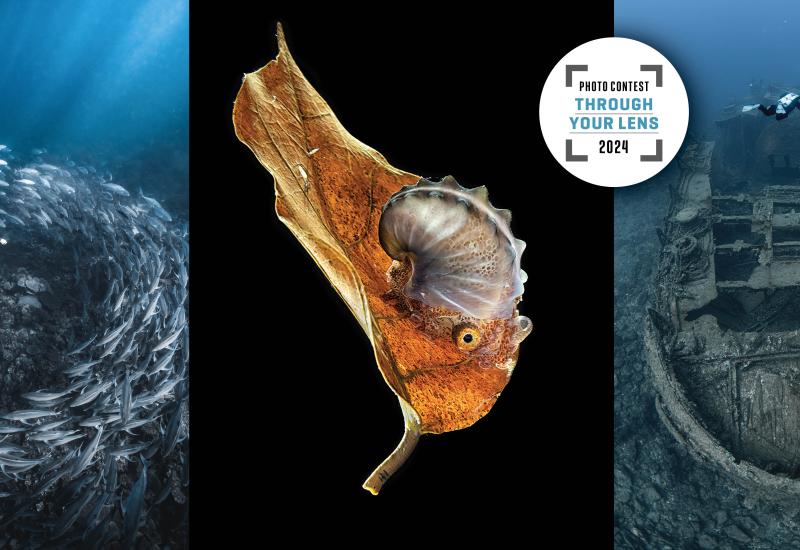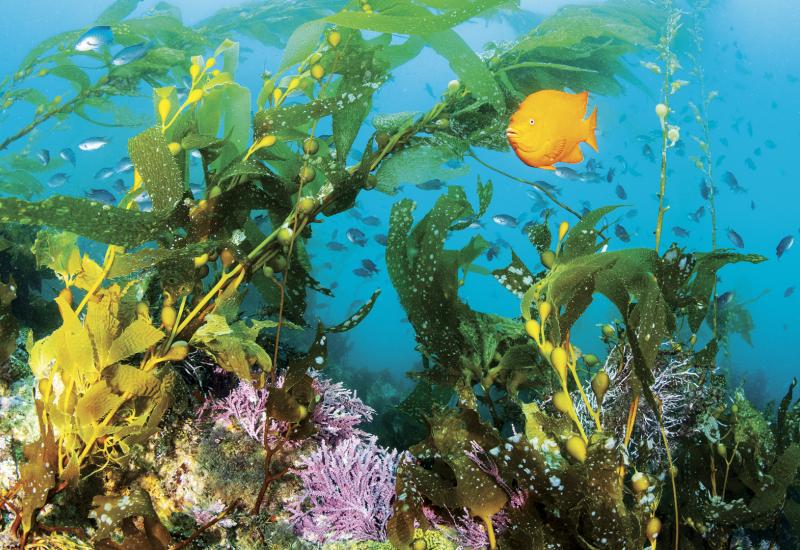Simple Macro Photography Tips to Improve Your Underwater Images
Macro photography allows you to see things you cannot always see with the naked eye. Like these detailed markings on an arrow crab eye for example or the details of coral polyps — especially soft corals and sea whips.

Bernd RacArrow crab image taken in St. Lucia.
Macro photography is not be confused with close up photography and in order to get good macro images you will need a dedicated macro lens. For example, the new SeaLife Super-Macro lens allows you to capture images from 4cm to 10cm.

Courtesy SeaLife CamerasSeaLife Super-Macro Lens
This two element optical grade lens (with adapter) can be mounted to any SeaLife DC-series housing as well as any underwater housing with 52mm mounting threads. Below are some basic tips for getting the most out of your underwater macro lens/setup:
1 ) Try to find a stationary subject to practice on and take several images of the same subject.

Bernd RacThis photo of polyps on a green rope sponge was taken using the SeaLife Super macro lens.
2 ) Respect the underwater critters. If you take photos of an animal, do not take too many as the flash can affect their eyesight and orientation.
3 ) Good buoyancy is a must for underwater macro photography.
4 ) Divers should practice buoyancy first without their camera. Make sure fins are pointing upwards not down.
5 ) Shoot in manual mode, as the primary light will be the flash or a Sea Dragon light.
6 ) Shoot a shutter speed of 1/60 to 1/125 of a second. Try 1/60 if you are really steady or utilizing a tray.

Bernd RacThe ever-curious blenny hides in hard coral in St. Lucia.
7 ) Use a small aperture (big F-stop number) like F8, or higher if your specific camera allows.This helps for a greater Depth of Field and assuring that most images are in focus.
8 ) In Macro photography, the Depth of Field is very narrow. If a diver gets more comfortable, he/she could use a bigger aperture to just focus on one spot but this takes patience and practice.
Tips and information provided by Anse Chastanet photo pro, Bernd Rac. Sport Diver Digital Editor, Becca Hurley had the opportunity to dive with Bernd in 2017 at SeaLife's Photo Week at the resort in St. Lucia. Learn more about what it's like to dive with Scuba St. Lucia at Anse Chastanet here.










